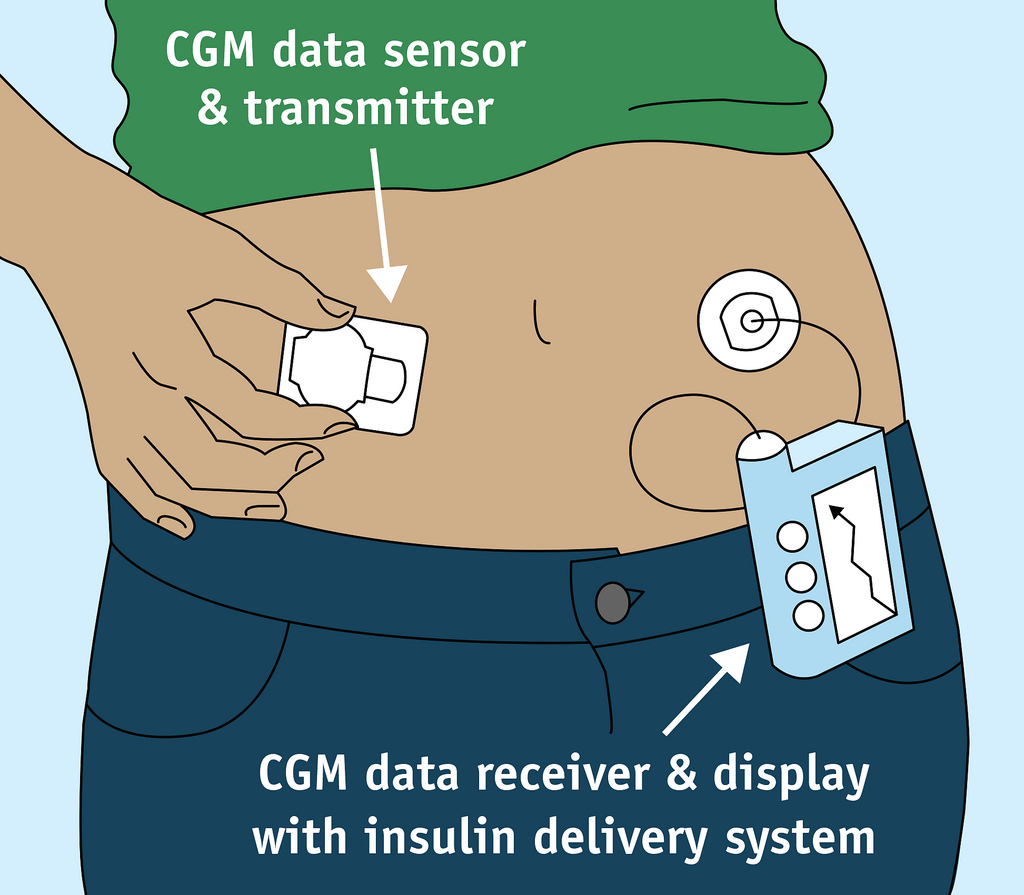Search
Research
The school experiences of children and adolescents with type 1 diabetes in Western AustraliaElevated levels of emotional difficulties among school students with T1D and variable levels of support from school staff to assist these students to manage their diabetes at school
Research
Continuous Glucose Monitoring Adherence: Lessons from a Clinical Trial to Predict Outpatient BehaviorContinuous glucose monitoring adherence and patterns of use are individualized
Research
Does commencement of a gluten- free diet improve blood glucose control in children and young people with Type 1 Diabetes and Coeliac Disease?If the gut becomes damaged it may not be able to process the foods that we eat as well as it used to. This may also affect how we look after diabetes.
Research
Aussi-AdDITInvestigating changes in retinopathy, aortic intima media thickness & heart rate variability, indicators of macrovascular disease & autonomic neuropathy

Research
Closed Loop Study – Day and Night Feasibility StudyA Closed-Loop System will potentially have a major impact upon acute and chronic complications of diabetes as well as upon their quality of life.
Research
Effect of blood glucose levels on the amount of glucose needed to maintain stable blood glucose levels during and after moderate intensity exercise in young people with type 1 diabetesDetermining if hyperglycaemia prior to and during exercise affects the amount of carbohydrate required to maintain stable glucose levels during/after exercise
Research
Epidemiology of hypoglycaemia in childhood-onset diabetes in Western AustraliaInvestigating the demographic, lifestyle and diabetes management factors associated with the incidence of severe hypoglycemia
Research
Spatial and temporal variation in type 1 diabetes incidence in Western Australia from 1991 to 2010: Increased risk at higher latitudes and over timeThis study analysed spatial and historical variation in childhood incidence of type 1 diabetes mellitus (T1DM) among Western Australia's 36 Health Districts...
Research
Hypoglycaemia, fear of hypoglycaemia and quality of life in children with Type 1 diabetes and their parentsTo evaluate the association between fear of hypoglycaemia, episodes of hypoglycaemia and quality of life in children with Type 1 diabetes and their parents.
Research
Effect of sensor-augmented insulin pump therapy and automated insulin suspension vs standard insulin pump therapy on hypoglycemiaSensor-augmented insulin pump with automated low-glucose insulin suspension has the potential to reduce the incidence of major hypoglycemic events.
